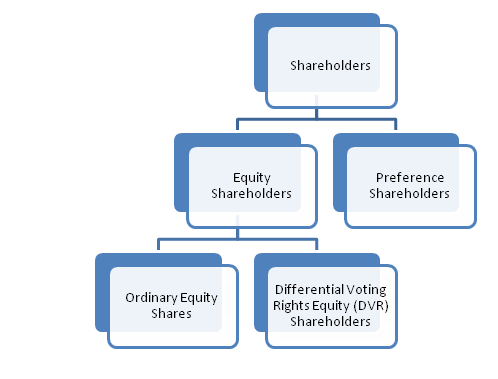No, capital account is not a real account. Capital account represents the amount of money invested by the owner/owners of the business along with the retained earnings net of drawings or dividends. Capital account has a natural credit balance because it is an internal liability of the business. CapiRead more
No, capital account is not a real account.
Capital account represents the amount of money invested by the owner/owners of the business along with the retained earnings net of drawings or dividends. Capital account has a natural credit balance because it is an internal liability of the business.
Capital account is a personal account because, as discussed above, it represents the investment of the owner or owners. Personal account represents person or persons.
Whereas a real account represents the material assets of a business. Example:- Cash A/c, Fixed assets A/c etc. That’s why the capital account is not a real account.
Being a personal account, the following golden rule of accounting applies to capital account:-
“Debit the receiver and credit the giver”
Here, as the owner gives an amount as an investment into the business (owner and the business are separate entities), the capital account has a credit balance.








A contra account is a general ledger account that is used to reduce the value of the account related to it. Basically, a contra account is the opposite of its associated account. If the associated account has a debit balance, then the contra account would have a credit balance. They are used to mainRead more
A contra account is a general ledger account that is used to reduce the value of the account related to it. Basically, a contra account is the opposite of its associated account. If the associated account has a debit balance, then the contra account would have a credit balance. They are used to maintain the historical value of the main account while all the deductions are recorded in the contra account, which when clubbed together show the net book value.
For example
if the cost of machinery was Rs. 50,000 and the company wants to preserve its original cost, then the accumulated depreciation of such machinery is recorded separately. Let’s say Rs 10,000 was the accumulated depreciation. Then such amount is recorded in the contra account named accumulated depreciation account. This makes the net value of the machinery Rs 40,000.
Types
There are various types of contra accounts such as contra asset, contra equity, contra revenue, and contra liability.
Accountants make use of contra accounts instead of reducing the value of the actual account to keep the financial statements clean.
See less